Climate Beyond Carbon
Investing in environmental resilience for low-income communities
Living Roots revives degraded land through precision agriculture
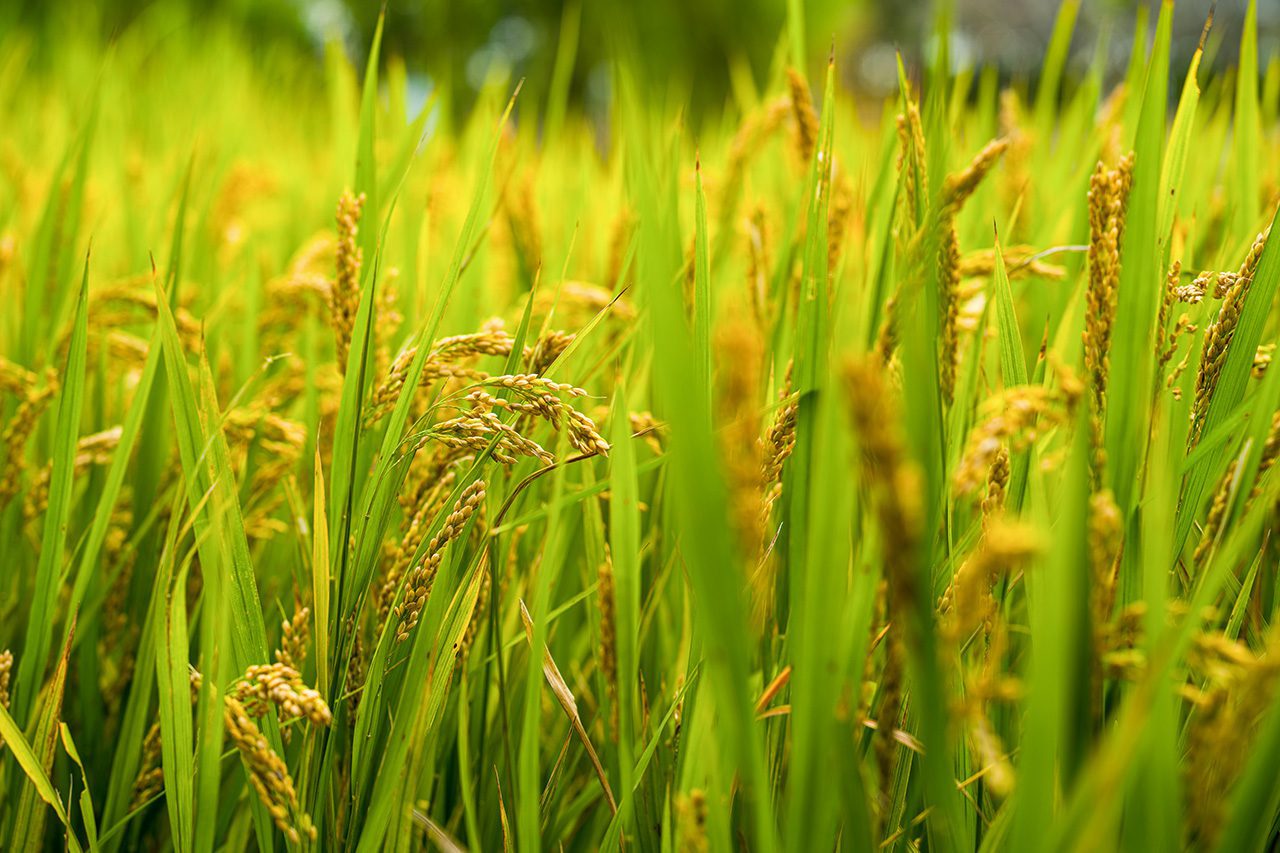
Farmers across Southeast Asia face a troubling trend: declining yields and diminishing incomes, primarily caused by deteriorating soil health and the intensifying impacts of climate change. In Thailand, Living Roots is addressing this issue head-on, employing microbial fertilizers, artificial intelligence, and regenerative agricultural practices to reverse this damaging trajectory.
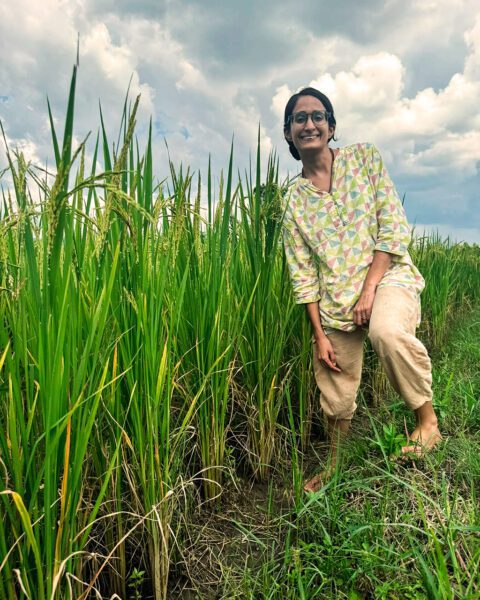
Avika Narula, COO of Living Roots
“The core problem we’re solving is that farming here predominantly relies on smallholder farmers, each managing only one to five acres,” explains Abhi Agarwal, CEO of Living Roots. Rice cultivation dominates Thailand’s agriculture, occupying approximately half of its agricultural land and employing around 18 million smallholder farmers, according to the International Rice Research Institute. However, climate change has severely impacted rice production, with farmers contending with prolonged droughts, rising temperatures, flash floods, and other extreme weather events.
Although regenerative agricultural methods such as reduced soil disturbance and cover cropping have begun emerging in Asia, comprehensive regenerative solutions remain scarce. “We saw the need for an integrated regenerative product suite, not only fertilizers but an entire ecosystem of agricultural inputs,” Abhi explains. “We’re advancing precision regenerative agriculture solutions ranging from seed coatings and microbial fertilizers to biological fertilizers.”
Currently, Living Roots provides solutions broadly tailored for Thailand, but the company’s longer-term goal is to customize products specifically for each bioregion. The company integrates farmer-provided data, detailed soil and leaf analyses, and region-specific information to offer precise application recommendations.
The benefits of their approach are already evident: reduced fertilizer costs due to improved yields, diminished pesticide use through enhanced plant defenses, and better crop resilience to extreme weather due to healthier soil structures. “After testing our products across thousands of acres, we’ve observed a yield improvement of around 30% and profit improvements approaching 40%,” Abhi notes.
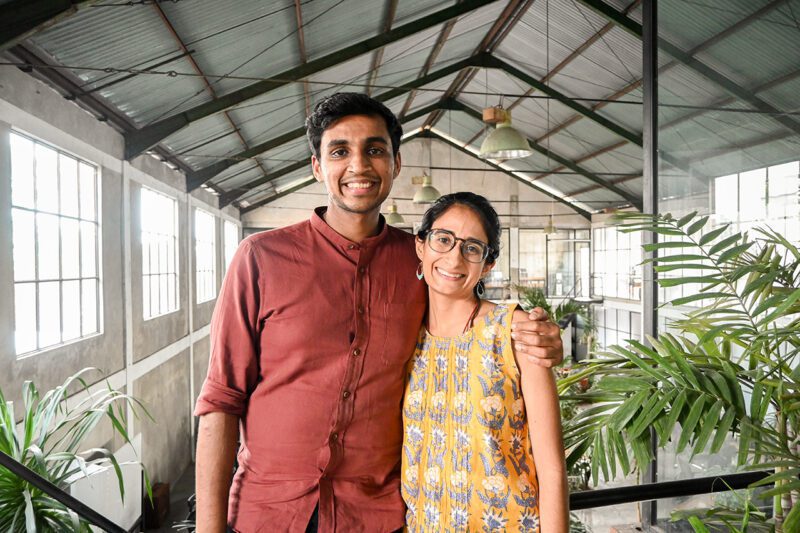
Living Roots co-founders Abhi Agarwal and Avika Narula
For Living Roots, enhancing fertilizer effectiveness is fundamentally a data-driven challenge. “Using AI, we’ve built a platform capable of ingesting vast amounts of information, from hundreds of thousands of scientific papers to nearly a million YouTube transcripts in languages like Thai and Hindi,” Abhi details. “By analyzing region-specific research, our AI systems quickly synthesize vast data sets into precise, actionable recommendations.”
“What used to require millions of research hours can now be condensed rapidly,” he adds. “AI allows us to iterate quickly and efficiently, achieving in weeks what previously took months. It’s extraordinary — AI handles coding tasks I would have spent countless hours on.”
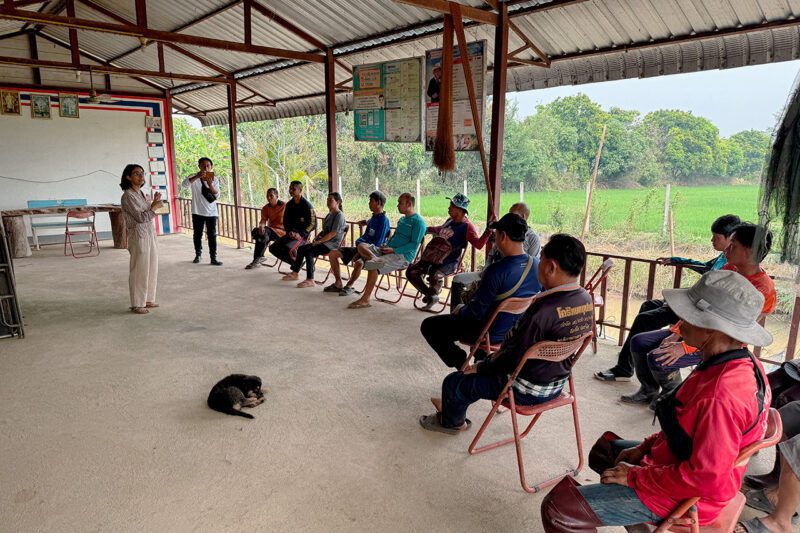
Living Roots farmer education
“Our strength is in delivering a fully integrated regenerative agriculture ecosystem,” Abhi emphasizes. “Typically, farmers purchase individual agricultural products separately from various brands, which limits synergistic potential. Living Roots unifies these products, enabling a combined approach that maximizes effectiveness.”
This integrated approach has facilitated partnerships with companies specializing in satellite mapping and drone spraying. “We supply the fertilizer; our partners precisely apply it with drones. It’s seamless,” Abhi explains.
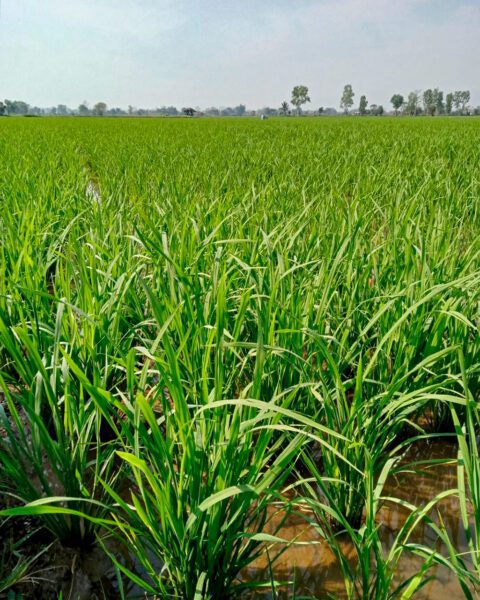
Rice crop
Living Roots efficiently reaches its farmer base through larger agribusiness entities. In Southeast Asia, individual farmers often lack bargaining power due to limited acreage. Therefore, large agribusinesses, such as sugarcane and rice mills, purchase inputs in bulk to distribute to their associated farmers.
“Thailand has around 58 million acres of agricultural land, about half dedicated to rice cultivation,” Abhi notes. “We aim to expand our reach from 6,000 acres this year to one million acres within five years — a move that could translate to approximately $160 million in revenue.”
Abhi’s journey from software engineer to agricultural entrepreneur was motivated by personal health challenges a decade ago. Recognizing food as the underlying issue, he ventured into farming, only to discover significant inadequacies in available fertilizers.
“I started exploring biological and regenerative alternatives,” Abhi reflects. “The goal was to restore soil health so it produces genuinely nutritious food.”
While there’s substantial work ahead, Living Roots is already significantly improving farmers’ lives. As the company expands and innovates further, its positive impact will continue to grow, revitalizing agriculture across Southeast Asia.
Related Content
Comments
Deep Dives
RECENT
Editor's Picks
Webinars
News & Events
Subscribe to our newsletter to receive updates about new Magazine content and upcoming webinars, deep dives, and events.
Become a Premium Member to access the full library of webinars and deep dives, exclusive membership portal, member directory, message board, and curated live chats.
At Impact Entrepreneur, we champion fearless, independent journalism and education, spotlighting the inspiring changemakers building the Impact Economy. Diversity, equity, sustainability, and democracy face unprecedented threats from misinformation, powerful interests, and systemic inequities.
We believe a sustainable and equitable future is possible—but we can't achieve it without your help. Our independent voice depends entirely on support from changemakers like you.
Please step up today. Your donation—no matter the size—ensures we continue delivering impactful journalism and education that push boundaries and hold power accountable.
Join us in protecting what truly matters. It only takes a minute to make a real difference.
0 Comments